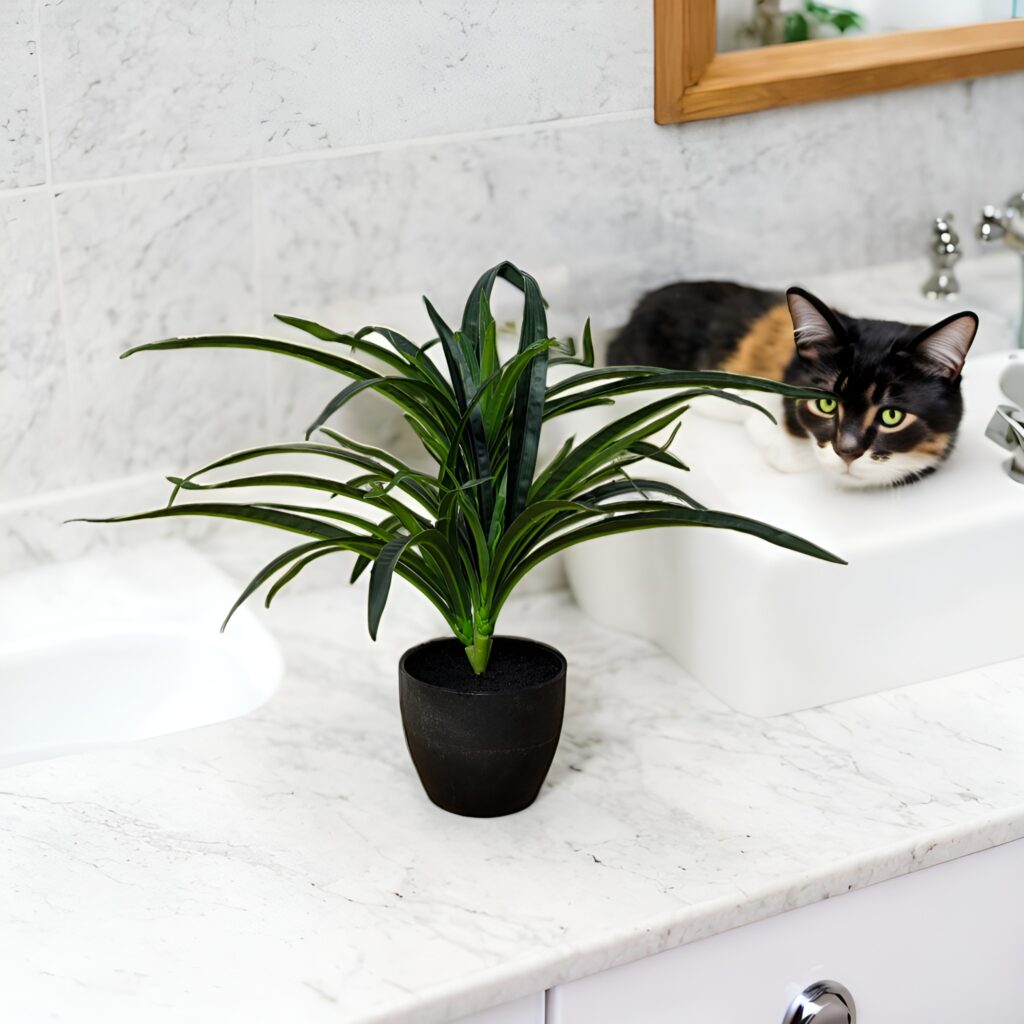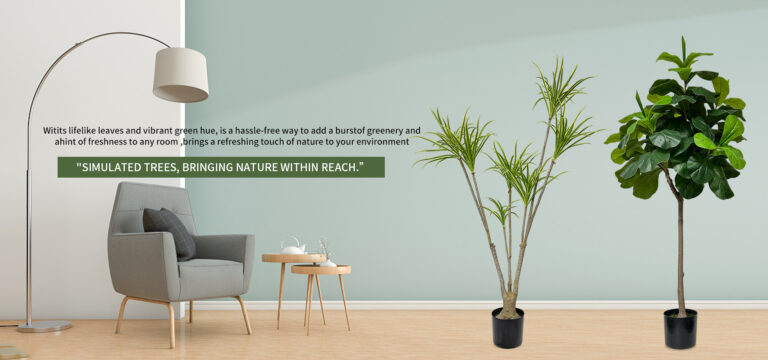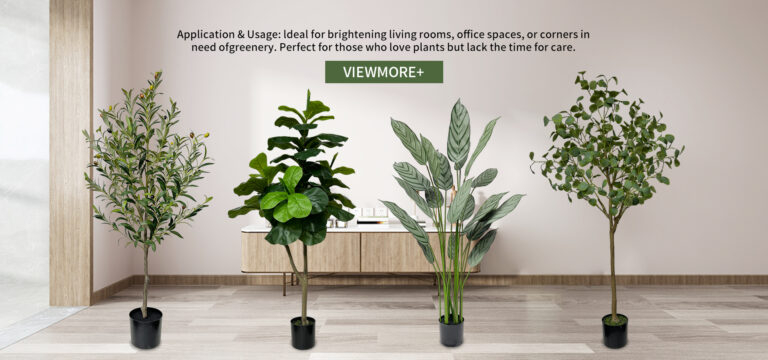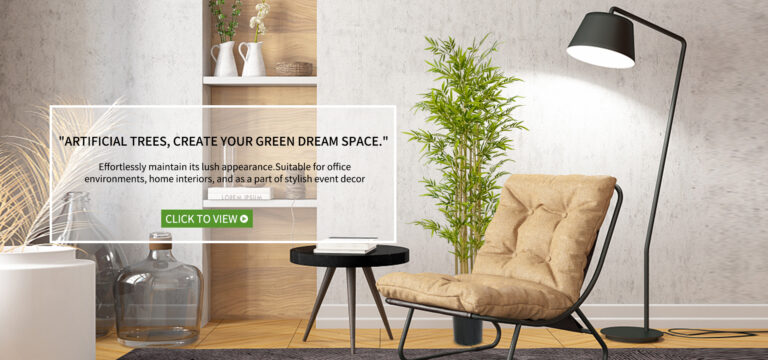As science and technology evolve, and consumer demands diversify, the world of simulated green plant production is experiencing a renaissance of innovation and development. This evolution is marked by the integration of cutting-edge technologies and novel materials, crafting simulated green plants that are not only astonishingly lifelike but also durable and eco-friendly.
At the forefront of this technological revolution is 3D printing. This groundbreaking technique allows for the creation of simulated green plants with unparalleled complexity and intricate details, catering to the unique preferences of a wide range of consumers. 3D printing ushers in a new era where the beauty of greenery can be customized to individual tastes and styles.
Material innovation also plays a crucial role. The adoption of new, environmentally friendly materials in the production of simulated green plants is a testament to our commitment to sustainability. These materials are not just light and resilient but also minimize environmental impact during both production and usage. A notable example is the use of biodegradable materials, which gracefully decompose post-use, thus simplifying waste management.
To address the varied desires of consumers, our product range is continuously expanding. Beyond the traditional artificial flowers and trees, we have introduced novel offerings such as artificial herbs and moss. These additions flawlessly mimic the appearance and hues of their natural counterparts, providing an array of decorative possibilities for both residential and commercial settings.
-背景图-1024x1024.jpg)


To address the varied desires of consumers, our product range is continuously expanding. Beyond the traditional artificial flowers and trees, we have introduced novel offerings such as artificial herbs and moss. These additions flawlessly mimic the appearance and hues of their natural counterparts, providing an array of decorative possibilities for both residential and commercial settings.






